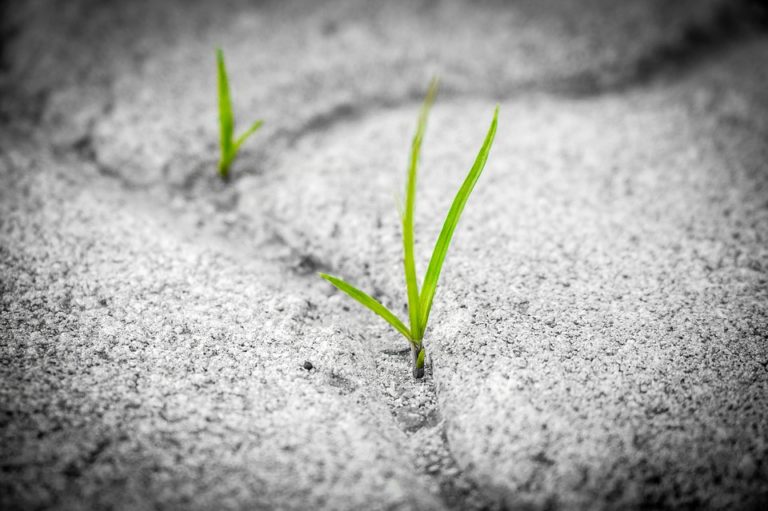As we all well know in Vancouver, Camas and Washougal, Washington, a well landscaped lawn is only as nice as the grass itself. When it comes time to consider revitalizing a dead or dying lawn, there are two options to consider: Seed or sod. Seed and sod are popular methods of lawn renovation that, if applied correctly, have proven results. In this article, we will be outlining the pros and cons associated with seed and sod. Practices that Urban Eden Landscaping has implemented time and again.
Economical Option
Winner: Seed
When it comes to the cheapest option, seed victors over sod by a long stretch. The price of sod is dictated by a couple of different factors. The first being that you are, essentially, paying somebody else for the time and materials it takes to grow a lawn. Furthermore, you are, generally, paying for expert installation as well. Seed, on the other hand, is just that, seed. Even high-end seeds cost a fraction of the expense of sod. Simply pick up the bag of your choosing, grab a spreader, and get to work!
Least Time Consuming
Winner: Sod
Sod, by a large margin, is less time-consuming. The only real, time investment involved is the initial time it takes to install. Once the sod has been installed, you have yourself a brand-new, immediately lush looking lawn. Although it can be installed any time of the year, sod should, ideally, be laid during the spring or fall. As long as there’s water, you’re good to go. If time is something you can’t afford, seed may not be the right choice for you. Seed takes a lot of time and even more nurturing to reach its full potential. Spreading grass seed during the early fall yields better results, as there are fewer weeds getting in the way.
Quality
Winner: Tied
This is where things get tricky. Seed is clearly cheaper than sod, and sod is undeniably quicker than seed. Quality is where the argument between the two can really be made. Seeding your lawn leads to many advantages. Stronger root systems are formed early on, which invariably leads to a fuller, healthier lawn. Another perk is the fact that the seed will be planted and grow in the same environment. Sod over time can suffer from transplant and sensitivity issues.
That being said, grass seed doesn’t come without its own drawbacks. Erosion issues run rampant in sloped yards or areas with heavy rain. There’s nothing more frustrating than having one heavy rainfall wash seed and soil out of your lawn. Speaking of water, watering is a crucial step during seed establishment. Extra careful monitoring and attention are necessary during the early stages of seed development.
Like seed, sod isn’t without its disadvantages. Apart from its high initial cost and labor-intensive installation, sod comes with restricted choices in grass. Grass types are restricted to those which sod farmers have available at the time and must be transplanted immediately. Fresh sod must be installed within 24 hours of being cut. Transplant issues aren’t the only factor that can kill sod. If installed incorrectly, the root systems are less healthy and can lead to a dead, unsightly lawn. From start to finish, it’s best to hire a professional.
Sod or Seed?
The differences between seed and sod are stark, which makes for a difficult decision. If you’re not keen on waiting for grass to grow and money isn’t a big issue, sod is your best bet. But if saving money is a priority or you want the satisfaction that comes with growing your own lawn, seed is the right fit. Whatever your choice may be, Urban Eden provides both services and we are more than happy to help. When it comes time to reinvigorate your lawn, give us a call at 360-567-6399 to talk options. You can also contact us or fill out a free estimate request form online. We look forward to hearing from you!

